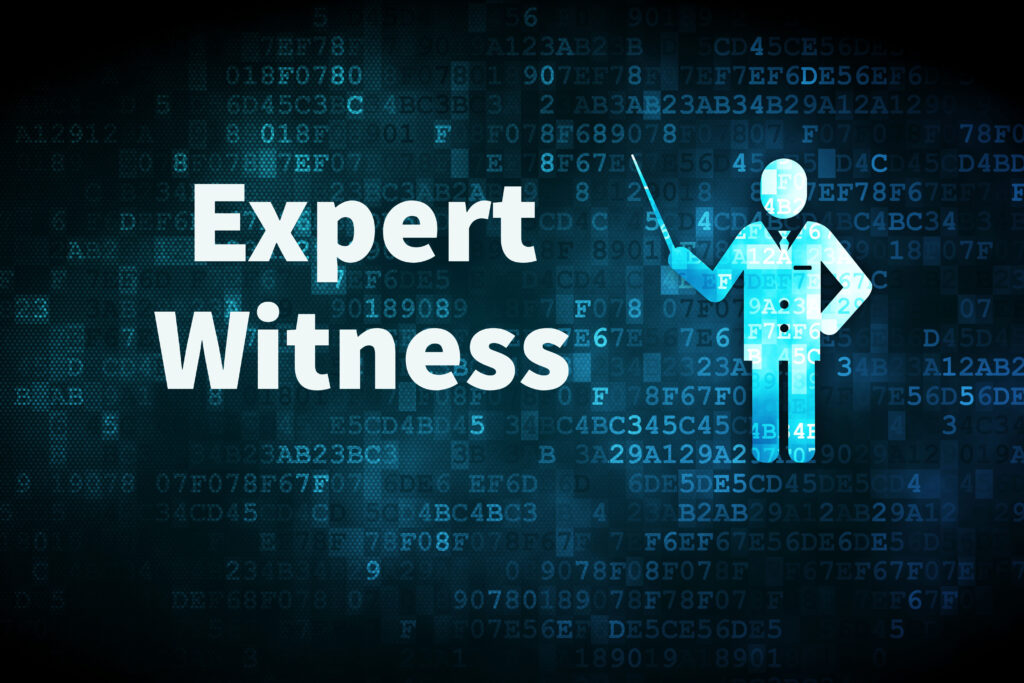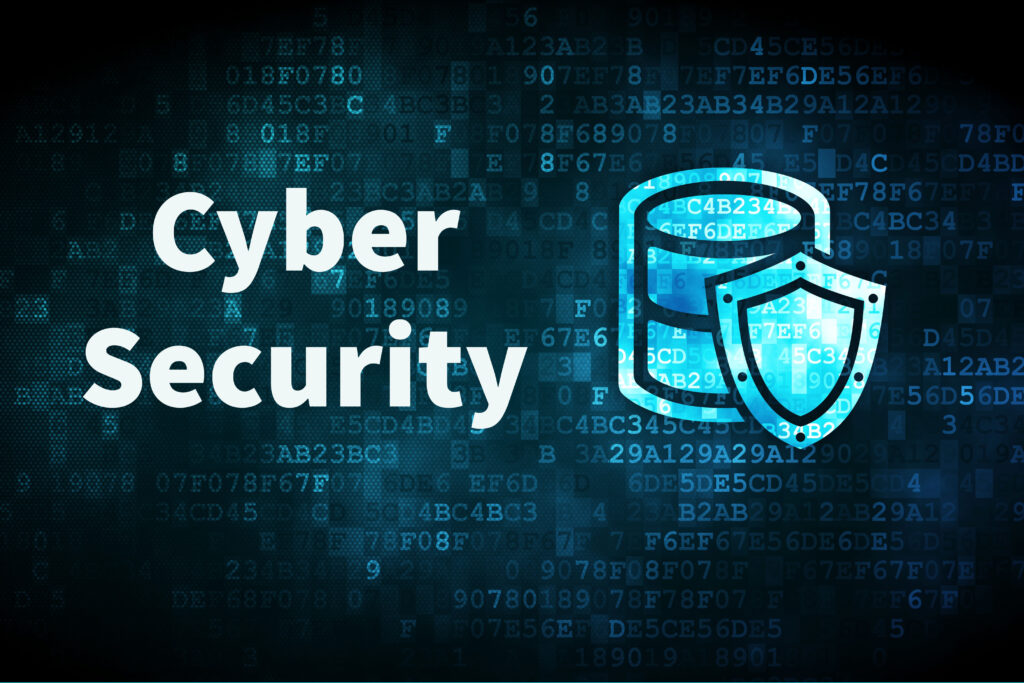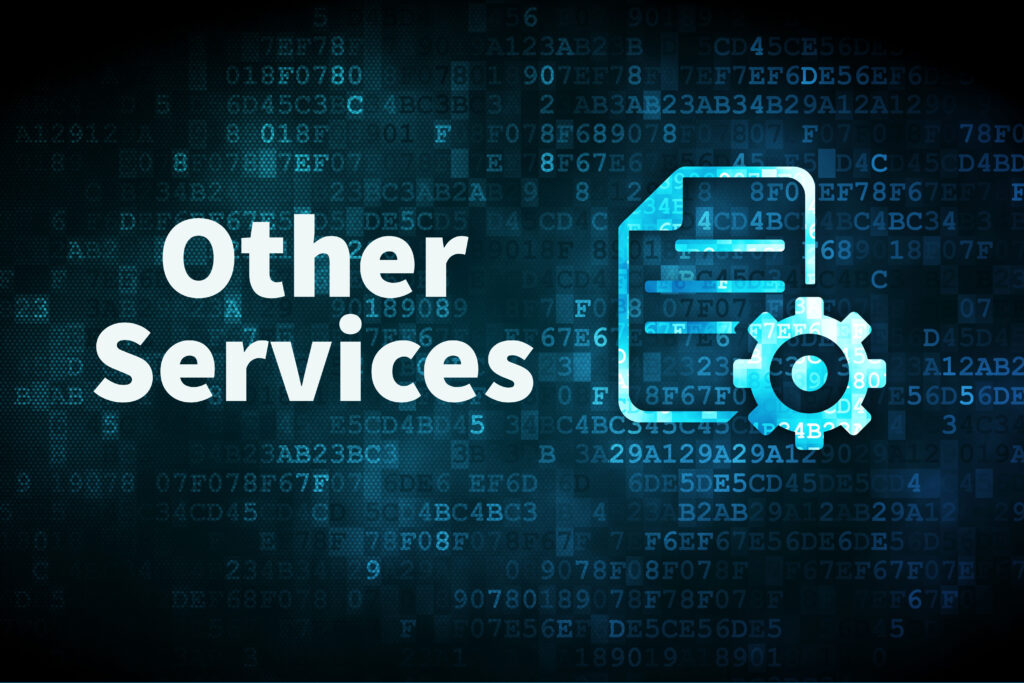
Do you need a reliable computer forensic company that can handle your digital investigations with expertise and professionalism? Look no further than our team of experts at Certified Service Professionals.
With years of experience in the field, our computer forensic specialists have the knowledge and skills needed to navigate complex data and uncover critical evidence for your legal case. Whether you’re dealing with a data breach, intellectual property theft, or employee misconduct, we can help.
Our team uses state-of-the-art forensic tools and techniques to recover deleted files, track internet activity, and uncover hidden data that may be crucial to your case. We understand the importance of maintaining the integrity of the evidence, and we follow strict protocols to ensure that all data is collected, analyzed, and presented in a manner that is admissible in court.
In addition to our computer forensic services, we also offer a wide range of other digital investigations and data recovery solutions, including electronic discovery, data imaging, and data recovery. We are committed to providing our clients with the highest level of service and support, and we work tirelessly to help them achieve their goals.
At Certified Service Professionals, we understand the importance of confidentiality and discretion in all of our investigations. We maintain strict security protocols to ensure that all client data is protected, and we work closely with our clients to ensure that their privacy is always respected.
If you’re looking for a computer forensic company that you can trust, look no further than Certified Service Professionals. Contact us today to learn more about our services and how we can help you achieve your goals.
Types of Cases Requiring Digital Forensics
There are many different types of cases that may require digital forensics, including:
- Cybercrime investigations: Computer forensics is often used to investigate crimes committed over the internet or through digital devices, such as hacking, identity theft, and cyberbullying. In cases involving cybercrime, such as hacking or identity theft, computer forensics can be used to trace the origin of the attack and identify the responsible party. This can involve examining network logs, email headers, and other digital evidence.
- Intellectual property theft: Companies may use computer forensics to investigate theft of their intellectual property, including trade secrets and proprietary information. In cases where a company believes that a former employee has stolen trade secrets or other valuable intellectual property, computer forensics can be used to examine the employee’s computer and other digital devices for evidence of the theft. This can include email correspondence, deleted files, and internet activity logs.
- Employment law: In cases where an employee has been terminated and files a wrongful termination lawsuit, computer forensics can be used to examine the employee’s computer and other digital devices for evidence of misconduct or violations of company policy. In cases of employee misconduct, computer forensics can be used to investigate theft, harassment, or other forms of illegal activity.
- Fraud investigations: Computer forensics can be used to investigate financial fraud, including embezzlement and money laundering. In cases involving financial fraud or embezzlement, computer forensics can be used to examine financial records, email correspondence, and other digital evidence to uncover evidence of wrongdoing.
- Family law: In divorce cases, computer forensics can be used to uncover evidence of infidelity or other wrongdoing, such as hidden assets or inappropriate online behavior. This can include examining email correspondence, social media activity, and internet browsing history.
- Compliance and regulatory investigations: Companies may use computer forensics to investigate potential violations of regulations, such as data privacy laws, or to conduct internal audits.
- Criminal investigations: In criminal investigations, computer forensics can be used to recover deleted files, examine internet browsing history, and track the movements of suspects using digital devices. This can be especially useful in cases involving cyberstalking, harassment, or other types of digital crime.
Importance of Digital Forensics
The importance of digital forensics has grown significantly in recent years as the amount of electronic data created and stored by individuals and organizations has increased. In addition, the rise of cloud computing and mobile devices has made it more difficult to identify and secure electronic evidence.
Computer Forensics
Computer forensics, also known as digital forensics, is the process of investigating and analyzing electronic data in order to uncover evidence of a crime, unauthorized activity, or other types of security incidents. This is achieved by collecting and analyzing electronic data from various devices such as computers, mobile phones, and digital storage media.
Cellular Forensics
Cell phone forensics is the process of analyzing and extracting data from mobile devices such as cell phones and smartphones. This type of forensic analysis has become increasingly important in many legal cases, including criminal investigations, civil lawsuits, and corporate investigations.
Cloud Forensics
Cloud forensics is the process of analyzing and extracting data from cloud-based applications, services, and storage. This type of forensic analysis has become increasingly important in many legal cases, particularly those involving data breaches, intellectual property theft, and other types of cybercrime.
Social Media Forensics
Social media forensics involves the collection, analysis, and preservation of data from social media platforms for use in legal matters. As social media use continues to grow, social media forensics has become an increasingly important tool in litigation, investigations, and other legal proceedings.
Video / Photo Forensics
Video forensics refers to the scientific analysis of video evidence that can be used in a legal case. It involves the collection, preservation, and analysis of video recordings to determine their authenticity, identify individuals or objects in the footage, and provide an accurate account of events.
Computer forensics can be a complex and time-consuming process, and it requires specialized knowledge and training. Forensic investigators must stay up-to-date on the latest tools and techniques in order to effectively analyze electronic evidence and uncover the truth behind a security incident.
Computer forensics is a critical component of modern law enforcement and corporate security. By leveraging the power of digital data, forensic investigators can provide valuable insights into criminal activity and help prevent future incidents from occurring. Overall, computer forensics has become an essential tool in many different types of cases, and its use is likely to continue to grow as digital technology becomes even more ubiquitous in our lives.
We Follow Best Practices
There are several best practices that we follow in computer forensics to ensure accurate and reliable results. Our approaches in computer forensic analysis involve a combination of technical expertise, attention to detail, and adherence to these established best practices. Here are our key practices:
- Planning and Preparation: Our analysis begins with a clear plan that outlines the scope of the investigation, the types of data that will be collected, and the tools and techniques that will be used.
- Evidence Collection and Chain of Custody: All evidence is collected in a forensically sound manner to ensure that it is admissible in court. This includes taking steps to preserve the integrity of the original data and documenting the chain of custody. A detailed and documented chain of custody is critical to ensure that the evidence is not tampered with or compromised in any way. This includes documenting who handled the evidence, when it was handled, and what was done with it.
- Strict control over evidence: Evidence is kept in a secure location with limited access to prevent unauthorized changes or tampering. Physical evidence is protected from environmental factors such as heat, moisture, or electromagnetic fields.
- Accepted forensic procedures: Forensic procedures are followed to ensure that the evidence is collected and analyzed in a consistent and repeatable manner. This includes using standardized tools and techniques, documenting all steps taken, and ensuring that the analysis is performed by a qualified and experienced forensic examiner.
- Document everything: All steps taken during the forensic process are thoroughly documented, including the tools and techniques used, the results obtained, and any conclusions drawn. This documentation is clear, concise, and detailed enough to allow others to reproduce the results if necessary.
- Use of Appropriate Tools: The use of appropriate tools and software is critical to ensure accurate and reliable results. Our forensic examiners have a thorough understanding of the tools they use and use only tools that are appropriate for the specific case and type of evidence being analyzed. A forensic workstation is used to preserve and analyze the evidence. This ensures that the original data is not modified or destroyed, and all changes made during the analysis process are properly documented.
- Thorough Analysis and Interpretation: The data is analyzed thoroughly to identify any relevant information and interpret the findings in the context of the case.
- Clear Reporting: The results of the analysis are presented in a clear and concise report that explains the methods used, the results obtained, and the conclusions drawn.
- Follow Legal and Ethical standards: Our forensic examiners follow all applicable legal and ethical standards, including those related to privacy, confidentiality, and data protection. They are also prepared to provide clear and concise testimony in court if necessary.
- Reliable Testimony: If the case goes to trial, the computer forensic analyst may be called upon to testify as an expert witness. Our analysts are able to communicate effectively with the court and provide clear and credible testimony. Our approaches in computer forensic analysis prioritize thoroughness, attention to detail, and adherence to established best practices in order to provide reliable and credible evidence that can be used effectively in court.
By following these best practices, our forensic examiners can ensure that the evidence is collected, preserved, and analyzed in a reliable and accurate manner, which can greatly increase the chances of success in a legal case.
We Use the Best Tools
Our core tool, Forensic ToolKit (FTK) is a powerful computer forensic software developed by AccessData, designed to process, and analyze digital evidence. Some of the notable features of FTK include:
- User-friendly interface: FTK has a user-friendly interface, which makes it easy for users to navigate the software.
- Support for multiple data sources: FTK supports various data sources, including hard drives, mobile devices, email archives, and cloud storage, making it a versatile tool for digital investigations.
- Advanced search capabilities: FTK has advanced search capabilities that enable users to search for specific data and keywords, which can be helpful in identifying relevant evidence.
- Data carving: FTK is equipped with data carving capabilities, which enables it to recover deleted files and fragments of files from storage media.
- Timeline analysis: FTK has a timeline analysis feature that creates a chronological view of events and actions on a device, which can be helpful in reconstructing a user’s activities.
- Reporting: FTK generates comprehensive reports that can be used in court proceedings or internal investigations. These reports provide detailed information about the evidence collected, analysis conducted, and the findings.
- Collaboration: FTK allows for collaboration between team members on a case, allowing for easy sharing of data and analysis.
FTK is a robust and reliable tool for digital investigations, and its advanced features make it a popular choice for many forensic professionals.
We also utilize tools from Cellebrite, Magnet Forensics, Elcomsoft, Oxygen Forensics, and many more.
Overall, the best computer forensic tools are those that provide accurate, efficient, user-friendly, and customizable solutions that meet the demands of forensic investigations. These are the products we seek out and use in our practice.



